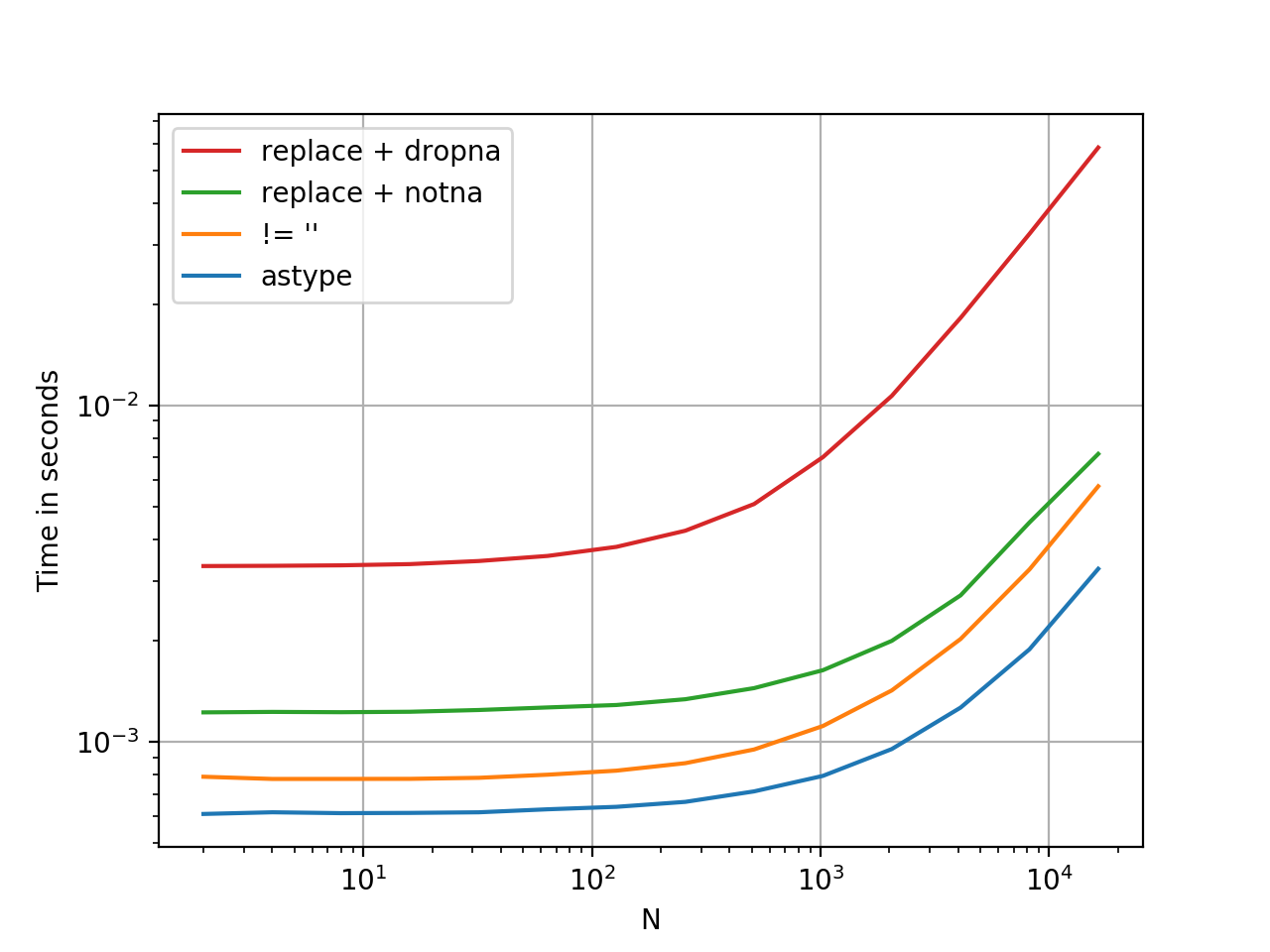I have a pd.DataFrame that was created by parsing some excel spreadsheets. A column of which has empty cells. For example, below is the output for the frequency of that column, 32320 records have missing values for Tenant.
>>> value_counts(Tenant, normalize=False)
32320
Thunderhead 8170
Big Data Others 5700
Cloud Cruiser 5700
Partnerpedia 5700
Comcast 5700
SDP 5700
Agora 5700
dtype: int64
I am trying to drop rows where Tenant is missing, however .isnull() option does not recognize the missing values.
>>> df['Tenant'].isnull().sum()
0
The column has data type "Object". What is happening in this case? How can I drop records where Tenant is missing?

